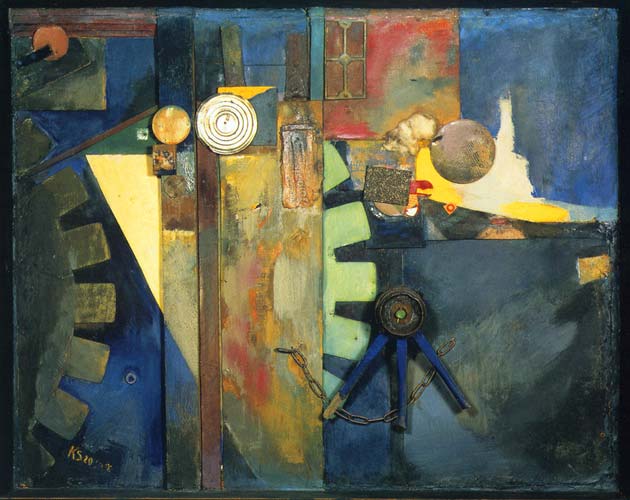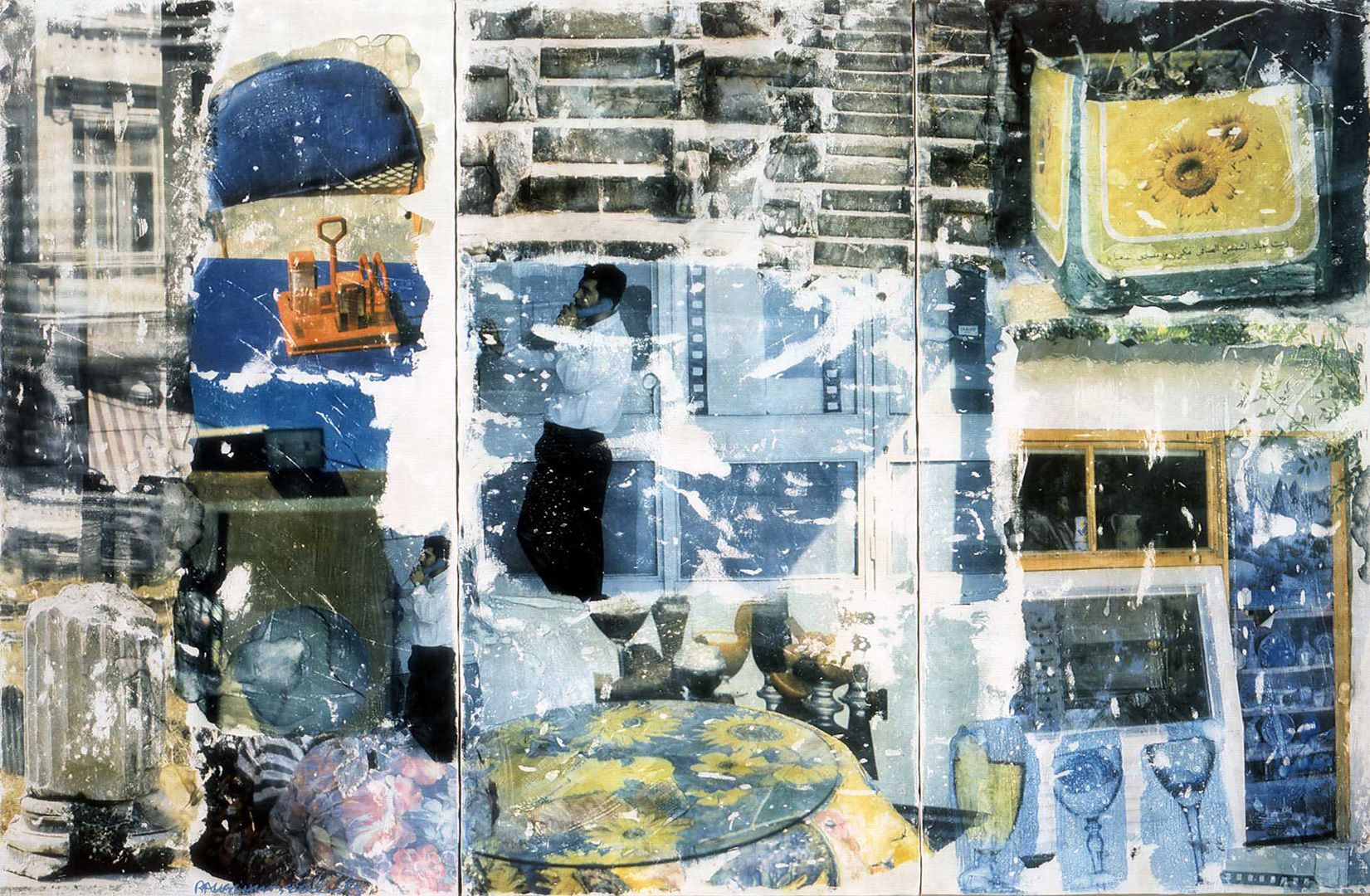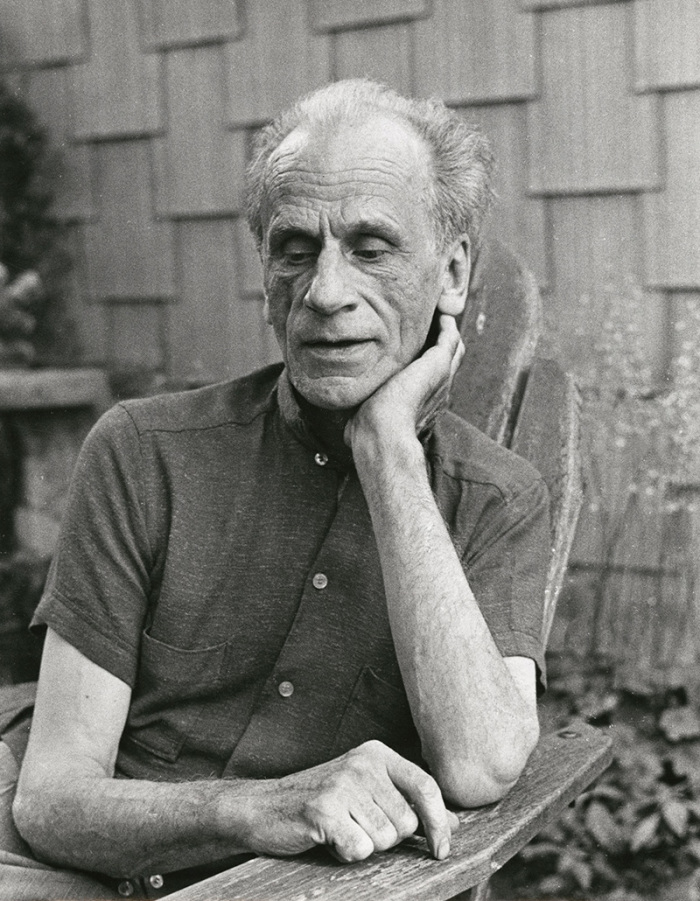WHAT IS ASSEMBLAGE ART?
In the early 20th century, many artists increasingly began incorporating everyday objects into their paintings and sculptures, blurring the lines between art and life. Ranging across styles, avant-garde artists created three-dimensional, mixed-media assemblages that questioned the very definition of art as it had come to be known. In the 1950s, Jean Dubuffet coined the term Assemblage for this hybrid art form, and while other artists used terms like Combines or Accumulations, the trend took off in the second half of the 20th century.

Joseph Cornell, Soap Bubble Set

Kurt Schwitters, Merzbild 29a
KEY IDEAS
- Assemblage art combines mundane objects in new and surprising ways, requiring the viewer to question their relation to the world of objects around them. Sometimes used as social critique or as an exploration of the fantastical and dream worlds, Assemblage art gives objects new meanings, makes creative connections between disparate elements, and elevates non-art materials into the realm of art.
- In combining readymade or found objects with varying degrees of modifications, Assemblage art challenges the medium specificity that formalist critics insisted structured the progress of modern art. Blurring the distinctions between painting, sculpture, and theater, Assemblage art is not just an optical experiences but engages multiple senses and often requires more physical interaction on the viewer's part.
- Because it usually incorporates manufactured items and non-art materials, much Assemblage art aims to question notions of authorship and originality that have been so important to traditional concepts of the artist. In choosing the objects instead of hand-crafting them, the Assemblage artist subverts the traditional notion of the artist as a creator. Additionally, because Assemblage art is often a characteristic of folk art traditions, who can be considered an "artist" has greatly expanded over the decades, incorporating untrained and self-taught artists outside of the mainstream.

Robert Rauschenberg, On Hold (Arcadian Retreat)



